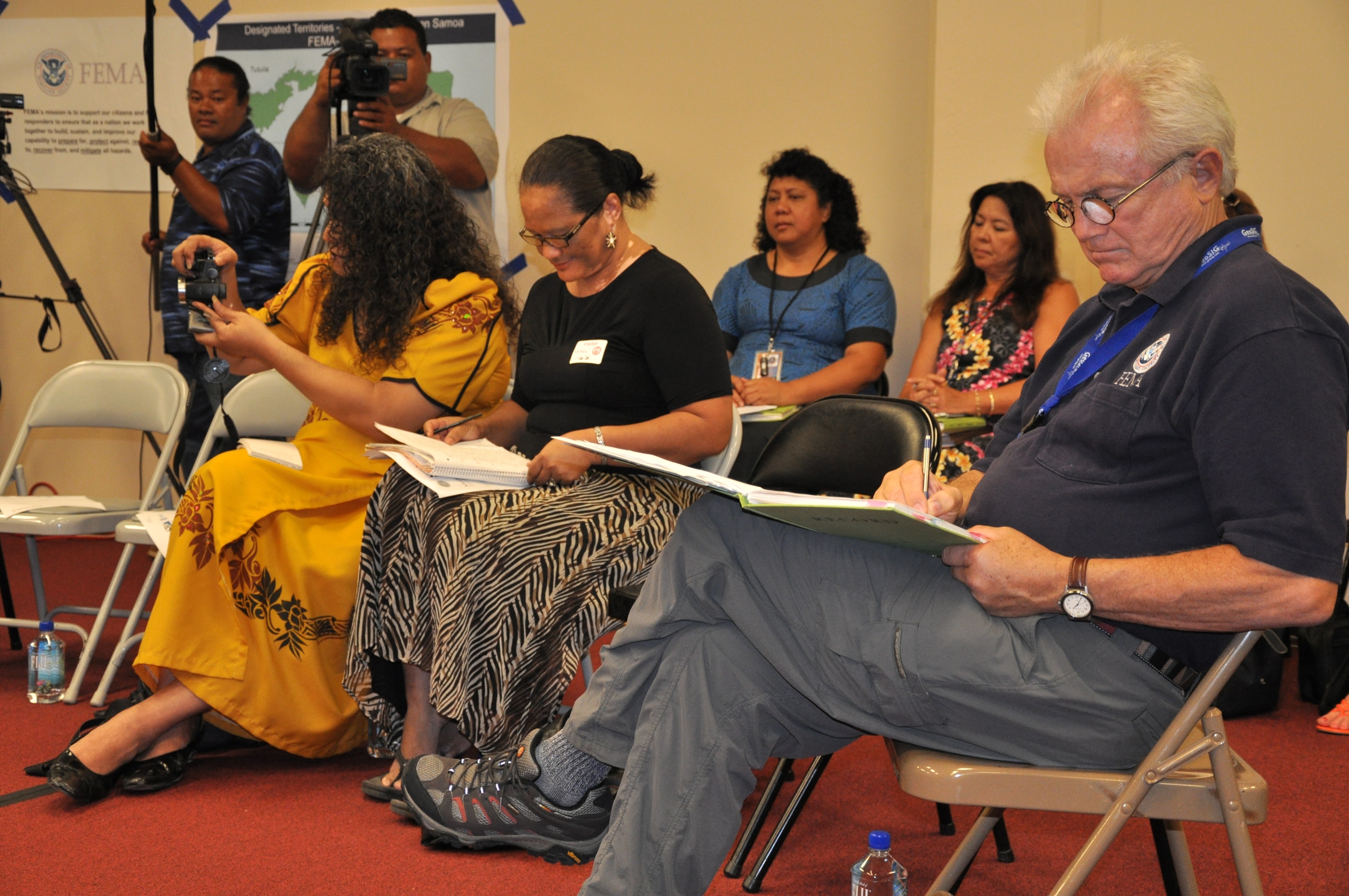|
Public Relations Journal
The ''Public Relations Journal'' is an open-access peer-reviewed, electronic academic journal covering topics having to do with public relations and communication studies. It is published quarterly by the Public Relations Society of America. The editor-in-chief is Donald K. Wright (Boston University Boston University (BU) is a Private university, private research university in Boston, Massachusetts. The university is nonsectarian, but has a historical affiliation with the United Methodist Church. It was founded in 1839 by Methodists with ...). History The ''Public Relations Journal'' was established in 1945 by Rex F. Harlow (American Council on Public Relations). After this council and the National Association of Public Relations Counsel merged to form the Public Relations Society of America in 1947, it became a monthly publication of the latter society. It was published until 1994, after which it was superseded by two publications, the monthly ''PR Tactics'' and the qua ... [...More Info...] [...Related Items...] OR: [Wikipedia] [Google] [Baidu] |
Open Access
Open access (OA) is a set of principles and a range of practices through which research outputs are distributed online, free of access charges or other barriers. With open access strictly defined (according to the 2001 definition), or libre open access, barriers to copying or reuse are also reduced or removed by applying an open license for copyright. The main focus of the open access movement is "peer reviewed research literature". Historically, this has centered mainly on print-based academic journals. Whereas non-open access journals cover publishing costs through access tolls such as subscriptions, site licenses or pay-per-view charges, open-access journals are characterised by funding models which do not require the reader to pay to read the journal's contents, relying instead on author fees or on public funding, subsidies and sponsorships. Open access can be applied to all forms of published research output, including peer-reviewed and non peer-reviewed academic journa ... [...More Info...] [...Related Items...] OR: [Wikipedia] [Google] [Baidu] |
Peer Review
Peer review is the evaluation of work by one or more people with similar competencies as the producers of the work (peers). It functions as a form of self-regulation by qualified members of a profession within the relevant field. Peer review methods are used to maintain quality standards, improve performance, and provide credibility. In academia, scholarly peer review is often used to determine an academic paper's suitability for publication. Peer review can be categorized by the type of activity and by the field or profession in which the activity occurs, e.g., medical peer review. It can also be used as a teaching tool to help students improve writing assignments. Henry Oldenburg (1619–1677) was a German-born British philosopher who is seen as the 'father' of modern scientific peer review. Professional Professional peer review focuses on the performance of professionals, with a view to improving quality, upholding standards, or providing certification. In academia, peer ... [...More Info...] [...Related Items...] OR: [Wikipedia] [Google] [Baidu] |
Academic Journal
An academic journal or scholarly journal is a periodical publication in which scholarship relating to a particular academic discipline is published. Academic journals serve as permanent and transparent forums for the presentation, scrutiny, and discussion of research. They nearly-universally require peer-review or other scrutiny from contemporaries competent and established in their respective fields. Content typically takes the form of articles presenting original research, review articles, or book reviews. The purpose of an academic journal, according to Henry Oldenburg (the first editor of ''Philosophical Transactions of the Royal Society''), is to give researchers a venue to "impart their knowledge to one another, and contribute what they can to the Grand design of improving natural knowledge, and perfecting all Philosophical Arts, and Sciences." The term ''academic journal'' applies to scholarly publications in all fields; this article discusses the aspects common to all ac ... [...More Info...] [...Related Items...] OR: [Wikipedia] [Google] [Baidu] |
Public Relations
Public relations (PR) is the practice of managing and disseminating information from an individual or an organization (such as a business, government agency, or a nonprofit organization) to the public in order to influence their perception. Public relations and publicity differ in that PR is controlled internally, whereas publicity is not controlled and contributed by external parties. Public relations may include an organization or individual gaining exposure to their audiences using topics of public interest and news items that do not require direct payment. The exposure mostly is media-based. This differentiates it from advertising as a form of marketing communications. Public relations aims to create or obtain coverage for clients for free, also known as earned media, rather than paying for marketing or advertising also known as paid media. But in the early 21st century, advertising is also a part of broader PR activities. An example of good public relations would be ge ... [...More Info...] [...Related Items...] OR: [Wikipedia] [Google] [Baidu] |
Communication Studies
Communication studies or communication science is an academic discipline that deals with processes of human communication and behavior, patterns of communication in interpersonal relationships, social interactions and communication in different cultures. Communication is commonly defined as giving, receiving or exchanging ideas, information, signals or messages through appropriate media, enabling individuals or groups to persuade, to seek information, to give information or to express emotions effectively. Communication studies is a social science that uses various methods of empirical investigation and critical analysis to develop a body of knowledge that encompasses a range of topics, from face-to-face conversation at a level of individual agency and interaction to social and cultural communication systems at a macro level. Scholarly communication theorists focus primarily on refining the theoretical understanding of communication, examining statistics in order to help subs ... [...More Info...] [...Related Items...] OR: [Wikipedia] [Google] [Baidu] |
Public Relations Society Of America
The Public Relations Society of America (PRSA) is a nonprofit trade association for public relations professionals. It was founded in 1947 by combining the American Council on Public Relations and the National Association of Public Relations Councils. That year, it had its first annual conference and award ceremony. In the 1950s and 1960s, the society created its code of conduct, accreditation program and a student society called the Public Relations Student Society of America. History The Public Relations Society of America was formed in 1947 by combining the American Council on Public Relations and the National Association of Public Relations Councils. The society had its first annual conference in Philadelphia, where Richard Falk was given PRSA's first "annual citation" for advancing the field of public relations. Several ethical violations in the field led to discussions about ethics within the society. At the 1952 annual conference, a speaker used Adolf Hitler as an example ... [...More Info...] [...Related Items...] OR: [Wikipedia] [Google] [Baidu] |
Editor-in-chief
An editor-in-chief (EIC), also known as lead editor or chief editor, is a publication's editorial leader who has final responsibility for its operations and policies. The highest-ranking editor of a publication may also be titled editor, managing editor, or executive editor, but where these titles are held while someone else is editor-in-chief, the editor-in-chief outranks the others. Description The editor-in-chief heads all departments of the organization and is held accountable for delegating tasks to staff members and managing them. The term is often used at newspapers, magazines, yearbooks, and television news programs. The editor-in-chief is commonly the link between the publisher or proprietor and the editorial staff. The term is also applied to academic journals, where the editor-in-chief gives the ultimate decision whether a submitted manuscript will be published. This decision is made by the editor-in-chief after seeking input from reviewers selected on the basis of re ... [...More Info...] [...Related Items...] OR: [Wikipedia] [Google] [Baidu] |
Boston University
Boston University (BU) is a private research university in Boston, Massachusetts. The university is nonsectarian, but has a historical affiliation with the United Methodist Church. It was founded in 1839 by Methodists with its original campus in Newbury, Vermont, before moving to Boston in 1867. The university now has more than 4,000 faculty members and nearly 34,000 students, and is one of Boston's largest employers. It offers bachelor's degrees, master's degrees, doctorates, and medical, dental, business, and law degrees through 17 schools and colleges on three urban campuses. The main campus is situated along the Charles River in Boston's Fenway-Kenmore and Allston, Massachusetts, Allston neighborhoods, while the Boston University Medical Campus is located in Boston's South End, Boston, South End neighborhood. The Fenway campus houses the Wheelock College of Education and Human Development, formerly Wheelock College, which merged with BU in 2018. BU is a member of the Bo ... [...More Info...] [...Related Items...] OR: [Wikipedia] [Google] [Baidu] |
Effective Public Relations
''Effective Public Relations'' is a book published in 1952 by University of Wisconsin professor Scott M. Cutlip and Allen H. Center. It was the first textbook in the field of public relations and introduced the "Seven Cs of communication". "Seven Cs of Communication" The "7 C’s of Communication" is a much-quoted list, first provided by Cutlip and Center in 1952 in ''Effective Public Relations''. The original list was a follows: *Completeness *Conciseness *Consideration *Concreteness *Courtesy *Clearness *Correctness Various versions of this list, often modified and unattributed, are listed in many business, communications, marketing and public relations books and courses. # ''Credibility'': Communication begins in a climate of belief. This climate is built by the performance of the sender who should reflect an earnest desire to serve the receiver. The receiver will then have high regard for the competency of the sender. # ''Context'': An advertising/communications program ... [...More Info...] [...Related Items...] OR: [Wikipedia] [Google] [Baidu] |
Prentice Hall
Prentice Hall was an American major educational publisher owned by Savvas Learning Company. Prentice Hall publishes print and digital content for the 6–12 and higher-education market, and distributes its technical titles through the Safari Books Online e-reference service. History On October 13, 1913, law professor Charles Gerstenberg and his student Richard Ettinger founded Prentice Hall. Gerstenberg and Ettinger took their mothers' maiden names, Prentice and Hall, to name their new company. Prentice Hall became known as a publisher of trade books by authors such as Norman Vincent Peale; elementary, secondary, and college textbooks; loose-leaf information services; and professional books. Prentice Hall acquired the training provider Deltak in 1979. Prentice Hall was acquired by Gulf+Western in 1984, and became part of that company's publishing division Simon & Schuster. S&S sold several Prentice Hall subsidiaries: Deltak and Resource Systems were sold to National Education ... [...More Info...] [...Related Items...] OR: [Wikipedia] [Google] [Baidu] |
Open Access Journals
Open access (OA) is a set of principles and a range of practices through which research outputs are distributed online, free of access charges or other barriers. With open access strictly defined (according to the 2001 definition), or libre open access, barriers to copying or reuse are also reduced or removed by applying an open license for copyright. The main focus of the open access movement is "peer reviewed research literature". Historically, this has centered mainly on print-based academic journals. Whereas non-open access journals cover publishing costs through access tolls such as subscriptions, site licenses or pay-per-view charges, open-access journals are characterised by funding models which do not require the reader to pay to read the journal's contents, relying instead on author fees or on public funding, subsidies and sponsorships. Open access can be applied to all forms of published research output, including peer-reviewed and non peer-reviewed academic journ ... [...More Info...] [...Related Items...] OR: [Wikipedia] [Google] [Baidu] |
Publications Established In 1945
To publish is to make content available to the general public.Berne Convention, article 3(3) URL last accessed 2010-05-10.Universal Copyright Convention, Geneva text (1952), article VI . URL last accessed 2010-05-10. While specific use of the term may vary among countries, it is usually applied to text, images, or other content, including paper ( |





